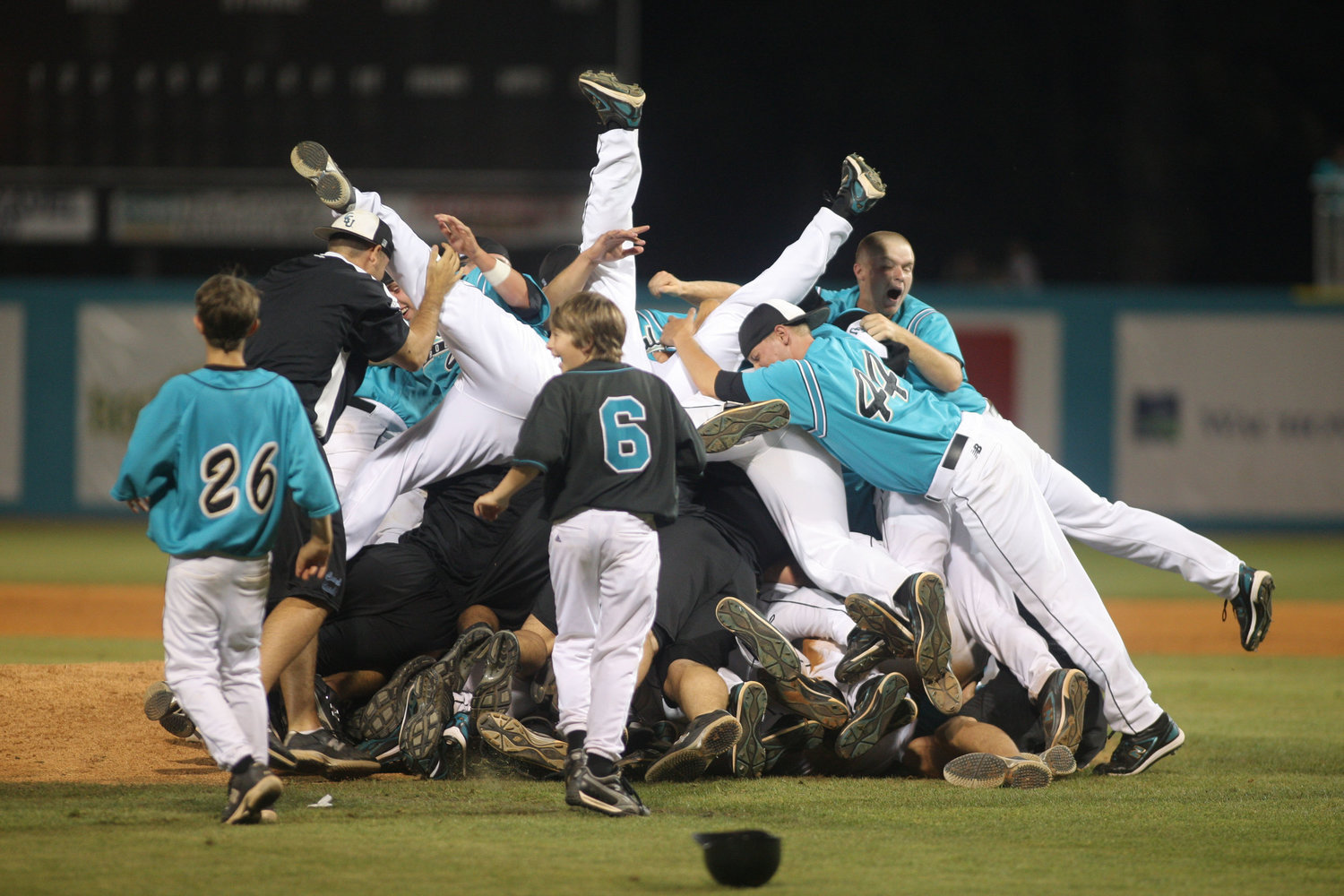- Baseball is a Game of Movement -
Instructional Scrimmage
Test your players’ ability to transfer skills and knowledge, worked in drills, to Game Speed. Coaching opportunities come up on each play in this structured yet fast-paced activity. Kids conclude each practice competing and having fun, making them eager to come back to the park for more.
We want to scrimmage at the end of most every practice. It is important to remember that kids age 5-12 sign up to PLAY baseball and softball, not to practice. They understand that practicing skills is part of the deal, but what they look forward to is playing the game. The good news is that a scrimmage provides a great teaching environment.
The key to a successful, and fast moving scrimmage, is for the coach to do the pitching, from a knee from a close proximity to the batter (20’-25’). Get the coach doing the pitching as close to the batter as they are safe or provide a protective screen, This scree should be as small as required to shield the coach (4’ x 2’ is ideal).
Below is a list of focus/teaching points for the coaches. After each play we want to give the players feedback. Make corrections as required; also be sure to acknowledge players when they are properly executing. This includes things as simple as covering the correct base and getting in a “Ready Position”.
Early on we will not concern ourselves with all the points below. As more content is taught during practices, we will concern ourselves with giving feedback on more playing points. IMPORTANT: do not correct mistakes if we haven’t first addressed the content in practice. The first scrimmages will be fairly chaotic with minimal correcting/teaching. As more content is covered in practice, we will have more points to provide feedback on and teach.
Note: some of the items below have multiple points which are introduced at different times in the teaching progressing. Items are listed based on the first item in a given list.
The items listed below are pretty much in the order of when they will be introduced. Batting and base running are listed at the bottom. When communicating with the batter limit remarks to the content on the ‘Live 5’ list. A game (scrimmage) is not the place to give mechanical instruction, unless the scrimmage pitcher and the batter have been working on something specific. If this is the case the pitcher (coach) can give simple reminders (“teaching phrases” related to that/those points if needed).
Scrimmage Focus Points
——> Never Tell the Players Where to Throw the Ball (they need to make decisions on their own to learn)
Batting - Limit instruction: “Live 5”
Footwork
“Ready Position” to catch (includes “Feet Wide to Catch” on ground balls)
“Moving Your Feet” to catch and throw
“Follow Your Head” (especially on underhand toss)
Three Individual Responsibilities on Defense:
Play the Ball
Cover a Base
Back up a Base
Three Team Responsibilities on Defense:
Stop the ball (each throw is backed up)
Stop the runner(s) - throw the ball ahead of the runner(s)
Get the ball to the middle of the infield (Pitcher) ASAP
Receiving Throws at a Base
If you are not playing the ball, cover a base (infielders and pitcher)
Cover the Base with Your Eyes
The base is for the runner, the ball is for the defense
Ball first, base second; Move Your Feet to catch
Look for Other Runners
The Three Players in the Middle of the Field (SS, 2B & P) Always Move towards the ball
Outfielders' Three Responsibilities:
Chase balls hit to the outfield - Move towards the ball
Back-up on ground balls hit to the two infielders in front (LF and RF) - 'Move towards the ball'
Back-up throws to a base (Two players in position to catch every throw)
Keep The Ball Moving – when you get the ball IMMEDIATELY do one of two things
THROW ahead of the runner(s) - if trying to advance
Not sure what to do? - RUN towards the middle of the infield ---> Runner(s) not trying to advance? - “RUN it in”
Once the runners have stopped trying to advance…
‘No overhand throws allowed’
Get the ball to the middle of the infield (Pitcher) as fast as possible (Pitcher: go get the ball)
After the play, RUN back to your position
Eyes on the catcher - listen to the catcher
Ready Position
Catcher Responsibilities (Run the Game):
Get in front of home plate immediately after ball is put in play.
Call out where to throw the ball - “Eat it! Run it in”, at the end of most plays
Before each batter: OUTS & RUNNERS (make eye contact with your teammates)
Cut-Relay Plays to Bases
Plays at 3B ---> SS is the cut player
Plays at Home ---> P is the cut player
Base Running
Ball in the infield - one base; eyes on the front of the base
Ball in the outfield - think: Two Bases
Turns & Touches
